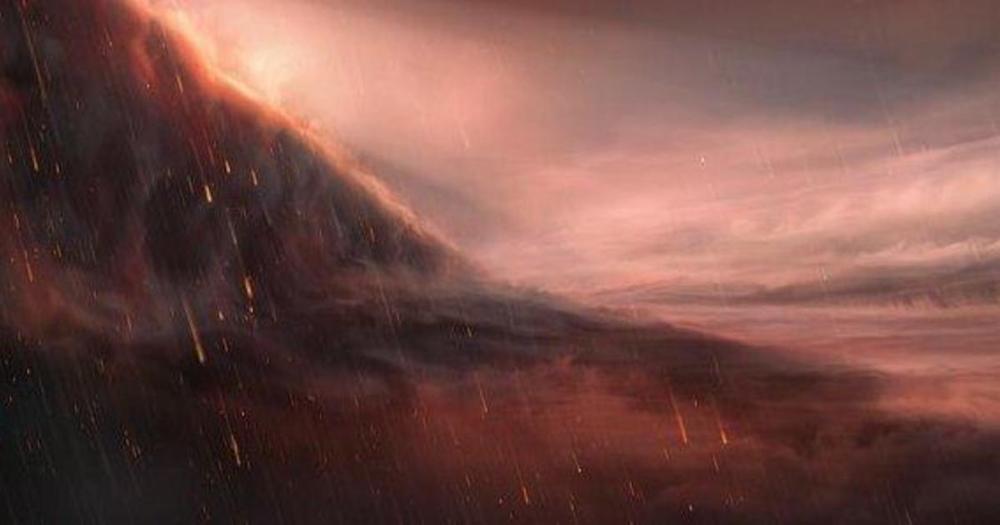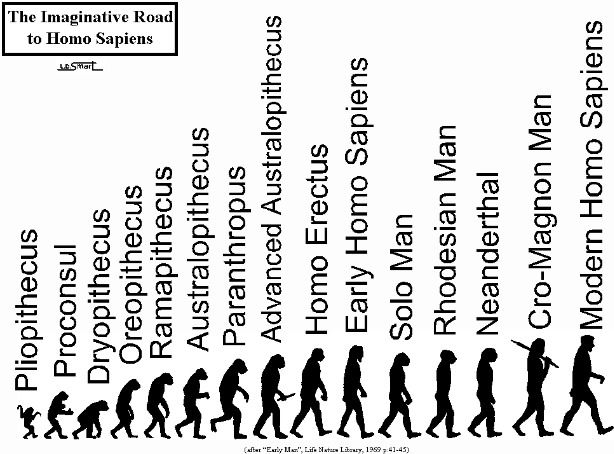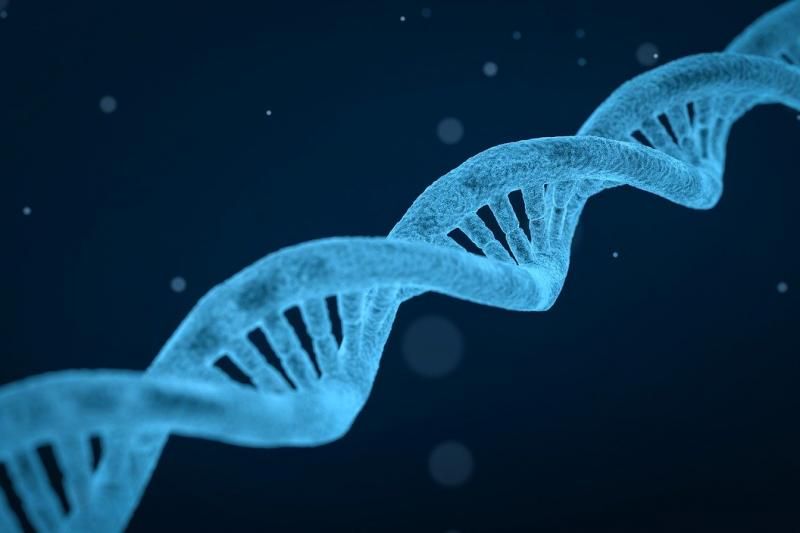This architecture is out-of-this-world! 😲.
Get the latest international news and world events from around the world.

Astronomers discover scorching hot planet where it rains liquid iron
On one particularly hot planet, hundreds of light-years away from Earth, the forecast is cloudy with a chance of liquid iron rain. Scientists recently discovered the bizarre exoplanet, which they referred to as one of the most “extreme” they’ve ever observed.
Using the Very Large Telescope (VLT) at the European Southern Observatory (ESO), researchers observed an “ultra-hot” giant exoplanet, where temperatures can exceed 2,400 degrees Celsius during the day — hot enough to vaporize metals.
One face of the planet, its “day side,” is always facing its parent star and permanently roasting, while the cooler “night side” remains in constant darkness. Because of this, when strong winds push vaporized iron to the night side, it condenses into droplets, creating an iron rainstorm.


Welcome to the Dark Aegir
The Pandemic of our century has arrived. We will be judged by our own actions.
Every hundred years a Pandemic comes and cuts down the population. It is now our turn. We will be judged by history for the actions or inactions we will take going forward.
The one thing I want you all of you to remember is that we are all human being. We are imperfect intelligent animals. We have our good points, our bad points, and our own fears. This is not to be viewed negatively.
Although, we are imperfect intelligent animals, we have strengths that other intelligent animals did not have. We have an ability to adapt and overcome, we care, we build societies, we tend to take care of those people around us. The power of taking positive actions is an ability we all have.

Battelle-Led Team Wins DARPA Award to Develop Injectable, Bi-Directional Brain Computer Interface
Here’s an exciting concept that was actually first discussed in 1959 by Richard Feynman in an article entitled “There’s Plenty of Room at the Bottom”.
I am most interested in this technology for mind uploading.
“Battelle’s N3 concept for a minimally invasive neural interface system, called BrainSTORMS (Brain System to Transmit Or Receive Magnetoelectric Signals), involves the development of a novel nanotransducer that could be temporarily introduced into the body via injection and then directed to a specific area of the brain to help complete a task through communication with a helmet-based transceiver.”
COLUMBUS, Ohio—(BUSINESS WIRE)—Battelle has for years successfully demonstrated brain-computer interface (BCI) projects—just look at NeuroLife®, which has enabled a quadriplegic man to move his hand again using his thoughts. Now, the government’s forward-thinking Defense Advanced Research Projects Agency (DARPA) has awarded a contract to a Battelle-led team that pushes researchers into the realm of what was once considered science fiction.
“This is one of the most exciting and challenging projects I have worked on” Tweet this
Imagine this: A soldier puts on a helmet and uses his or her thoughts alone to control multiple unmanned vehicles or a bomb disposal robot. That’s the basis for this effort for DARPA’s Next-Generation Non-Surgical Neurotechnology (N3) program. The N3 program seeks development of high-performance, bi-directional brain-machine interfaces for able-bodied service members. Most of the current BCI research, including Battelle’s NeuroLife technology, focuses on helping people with disabilities who must undergo invasive implant procedures, including brain surgery, to enable a BCI that can restore lost function. For the next BCI leap, in which the technology can be used by healthy military service members, it’s imperative to find lower-risk and less-invasive options.

DARPA taps four companies for critical unmanned underwater vehicle tech
DARPA has announced the four companies it has selected to work under its Manta Ray Program. Three of the companies will be tasked with developing ‘an integrated solution’ for the program’s operational and technology areas, according to DARPA. The fourth company will instead focus on the topic of undersea energy harvesting options capable of working at the depths DARPA has planned.


City of Boulder Issues Local Emergency Declaration
Disaster emergency is in response to the global COVID-19 pandemic and the effects it is having on the city.
The City of Boulder has declared a local disaster emergency in response to the global COVID-19 pandemic and the effects it is having on the city.
City Manager Jane Brautigam issued a disaster emergency declaration today effective at 6 p.m. This creates a state of emergency for Boulder. The declaration provides the city manager with tools necessary to protect the public health and safety. The City Manager has authority to issue a disaster emergency declaration for a period of up to 7 days. To be effective for more than 7 days, the declaration must be confirmed and extended by the city council. Staff will ask the city council to consider doing so at the March 17, 2020 council meeting. The disaster emergency declaration provides the city manager with the authority to, among other things, order a curfew, limit large gatherings, close streets and sidewalks and order businesses to close. Violation of any emergency order would be punishable by a fine of up to $1000 and up to 90 days in jail.

Scientists find toolkit to aid repair of damaged DNA
March 9 (UPI) — Scientists have developed a technique for repairing damaged DNA. The breakthrough, published this week in the journal Nature Communications, could pave the way for new therapies for cancer and neurodegenerative disorders.
The accumulation of DNA damage is responsible for aging, cancer and neurological diseases like motor neuron disease, also known as ALS.
Until now, scientists have struggled to find ways to repair this kind of damage. However, researchers have discovered a new protein called TEX264 that can combine with other enzymes to find and destroy toxic proteins that bind to DNA and trigger damage.
Spirituality & Life Extension | Pneumanosophy Academy
Hi everyone, thanks for the add. Good to be part of the group. I’ve recently done a video exploring the spiritual implications of radical life extension — which may interest some of you.
Spirituality & Life Extension. In this video I explore modern life and spirituality, in the light of radical life extension, i.e slowing ageing, enhancing longevity, and what that might mean for us in terms of spirituality and well-being. Do you you would continue to be spiritual if you had another healthy century ahead of you?
💰 Thanks for supporting me on Patreon:
https://www.patreon.com/Pneumanosophy